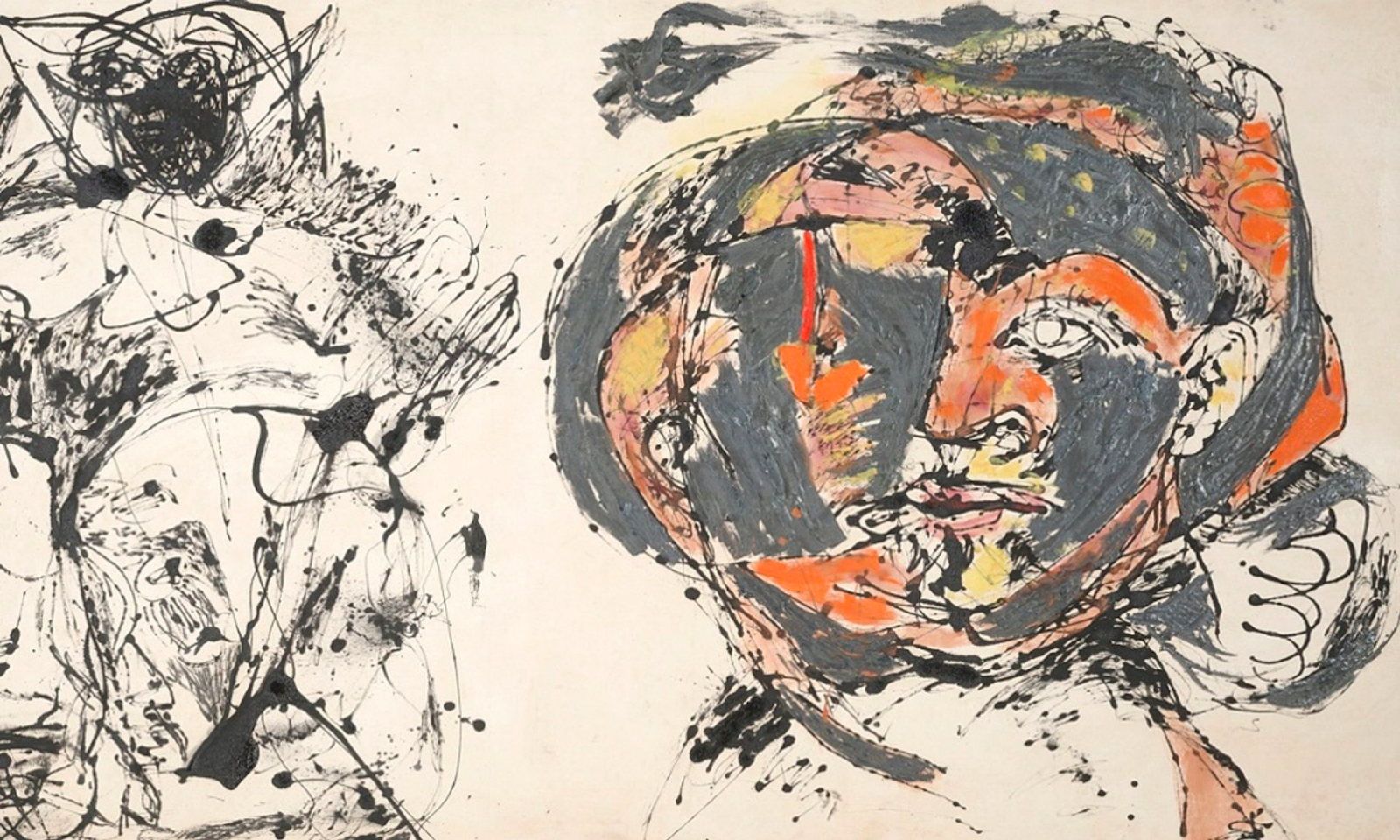
Jackson Pollock, Portrait and a Dream 1953
Attention bias, the psychological phenomenon of being more likely to pay attention to people or things that you like, is a new way of understanding how we perceive the world around us. It’s important because it gives us insight into the relationship between our emotions and thought processes. Let’s take a look at what this means for you and your loved ones! Let’s look at what causes this phenomenon and how it relates to mental health issues like anxiety and depression.
On a daily basis, your brain chooses the information that you see.
The first step to understanding this concept is realizing that the human brain processes information constantly [1]. Your mind is always looking for something new and interesting. As soon as it finds something that fits these criteria, it can’t help but focus on it!
In fact, if you pay close attention to your thoughts during any given day—whether it be while reading an article or watching television—you’ll find yourself being drawn towards novelty in one way or another. For example:
Attention bias, as it’s called in psychology, is a term used to describe the way our brains automatically focus our attention on specific thoughts and images. This can be helpful when you are trying to accomplish a task or make a decision, but it can also lead to biases that affect what we see—and how we feel.
Attention bias occurs when your brain makes quick judgments based on information you receive from your environment and then stores this information in long-term memory. For example, you see someone who looks like your ex-boyfriend or girlfriend (or maybe even one of their relatives). Your brain registers that this person has similar physical features; then, you instantly feel excited because you think it might be them! Your brain is using the information received from your eyesight about someone else’s appearance as evidence for why you should feel happy—even though there may be no other reason for feeling happy at all!
Attention bias is a natural part of being human. It’s a normal part of your brain’s function, and it exists to help you navigate the world. But if attention bias gets out of control, it can be problematic [2].
Attention bias occurs when one or more stimuli become disproportionately important to you over others. You might pay more attention to possible threats than other stimuli in your environment or focus on certain people or places while ignoring others around them—and this can affect how you respond to different situations.
Attention bias has been observed in people with anxiety and depression [3]. This is one of the most common types of attention bias, and it’s also called “attentional avoidance.” This refers to the tendency that many people have to avoid threatening stimuli (things that may increase their stress) and choose less threatening stimuli instead [4].
In practice, this means that if you’re told something bad will happen—like being rejected by someone you like—you’ll be more likely to notice any other information about what could go wrong instead. If someone makes a joke about rejection at dinner, then your mind might shift immediately onto thoughts about how much worse your day would be if you actually got rejected by someone else later on in life!
Attention bias is the difference between your attentional control and your actual attention. Attentional control is the ability to choose what you are going to pay attention to, and it can be trained. In contrast, actual attention is what you actually focus on at any given moment, based on how your brain is wired.
To understand this better, let’s take a closer look at what these two concepts mean:
When you understand your own attention bias and how it affects your life, you can make the changes that will benefit you the most. A good place to start is Anima.help test.
We at the Anima.help team are pushing boundaries and changing the paradigm of positive mental training. Our goal is to spread a simple, yet highly effective technique for taming your weaker emotions and making you more aware of what you are thinking about and feeling at any given moment.